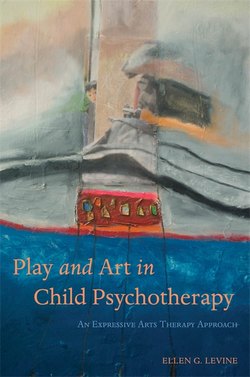Описание книги
Ellen G. Levine draws on her extensive experience in clinical settings to present a series of case studies that demonstrate how art-making and imaginary play can provide a space for children to metabolize their experiences. Each study is followed by an arts-based research discussion of the themes that emerged in the clinical sessions and the basic principles that were followed in the work with the child or family. The model of expressive arts therapy is used to explore the questions that arise from the cases, which range from issues of war trauma, to anger, grief, and the impact of mental illness in the family. This comprehensive guide to the use of play and art in working with children and parents will be of interest to students and practitioners in the fields of expressive arts therapy and psychotherapy, in addition to anyone working with children in disciplines such as psychology, social work and psychiatry.
